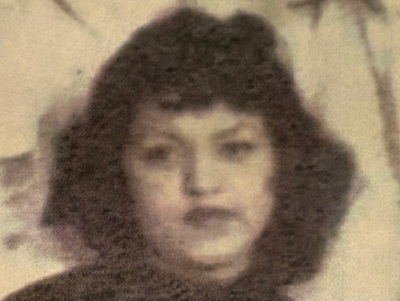Genealogy Restores Identity to 1968 Indigenous Victim


Identification of Cold Case Victim Brings Closure After 56 Years
In a groundbreaking development in forensic anthropology, the Will County Coroner’s Office has confirmed the identity of a woman whose remains were discovered in Will County, Illinois, in 1968, effectively closing a cold case that has lingered for over five decades. The efforts of law enforcement, forensic scientists, genealogists, and community support culminated in the identification of Martha Bassett, a 33-year-old Native American woman from Wapato, Yakima, Washington. This case exemplifies not only the advancements in forensic technology but also the relentless pursuits of families and officials seeking resolution for unresolved mysteries.
On September 30, 1968, the remains of an unidentified female were found in a wooded area near the intersection of I-55 and Blodgett Road, located in unincorporated Will County. Law enforcement quickly established that the woman was a murder victim, but the investigative techniques of the time proved inadequate for establishing her identity. Despite multiple attempts to solve the case, the victim was interred in Oakwood Cemetery in Wilmington, Illinois, marking her place as a nameless casualty for decades.
Martha Bassett’s story began in Washington State, where she was a member of the Native American community in Wapato. In 1960, she relocated to the Chicago area as part of the Indian Relocation Act of 1956—a federal initiative designed to facilitate the migration of Indigenous populations from reservations into urban environments. By 1967, her family lost contact with her, and after a futile search in Chicago, they returned home without answers, left to wonder about her well-being.
Efforts to revive the case began in earnest in 2009 when Will County Coroner Patrick O’Neil established a cold case unit aimed specifically at tackling longstanding unsolved mysteries. The team, comprising experienced investigators including retired Romeoville Detective Eugene Sullivan, exhumed the remains for advanced forensic analysis, sending them to prestigious institutions like the University of North Texas and the Smithsonian Institute for a comprehensive study.
By 2017, forensic anthropological examinations indicated that the remains might belong to an individual of both Asian and Native American descent. With this information, Cold Case Investigator William Sheehan and Investigator Joe Piper expanded their outreach efforts, actively engaging with Native American tribes in states including Illinois, Wisconsin, Minnesota, and Iowa. Their collaboration with the Bureau of Indian Affairs resulted in the creation of informational flyers distributed via social media and within Indigenous communities, fostering crucial leads.
The landmark breakthrough in the identification of Martha Bassett came in September 2024 when another exhumation was authorized by Coroner Laurie H. Summers. With the help of Othram, a Texas-based forensic genetic genealogy company, advanced DNA analysis confirmed that the remains belonged to Bassett. Funding from the National Missing and Unidentified Persons System (NAMUS), which supports the identification of missing persons through vital resources, played a significant role in facilitating these forensic efforts.
The resolution of Martha Bassett’s case serves as a powerful reminder of the importance of collaboration across various agencies and communities, showcasing the significant role that technology and persistence can play in solving cold cases. This successful identification not only restores Martha’s name but also provides a sense of closure for her family, who can now honor her memory properly.
Key themes emerge from this poignant case:
– Family and Community Resilience: The unwavering commitment of Martha Bassett’s relatives to seek answers, combined with the determination of law enforcement and forensic experts, highlights the collective effort necessary to close cold cases.
– Forensic Advancements: The evolution of DNA analysis and genetic genealogy has transformed investigative processes, offering new pathways to solve previously insurmountable challenges.
– Collaborative Efforts: The successful resolution of this case was made possible through partnerships between local authorities, national agencies, Indigenous communities, and private sector firms.
– Supportive Frameworks: Financial and logistical support from organizations like NAMUS underscores the critical need for resources in the often complicated landscape of resolving cold cases.
Martha Bassett’s identification serves not only as a closure for her family but also offers hope to other families of missing persons that answers are possible, even after long periods of uncertainty. The diligent application of forensic science, paired with human compassion, continues to illuminate the path toward justice and remembrance.





